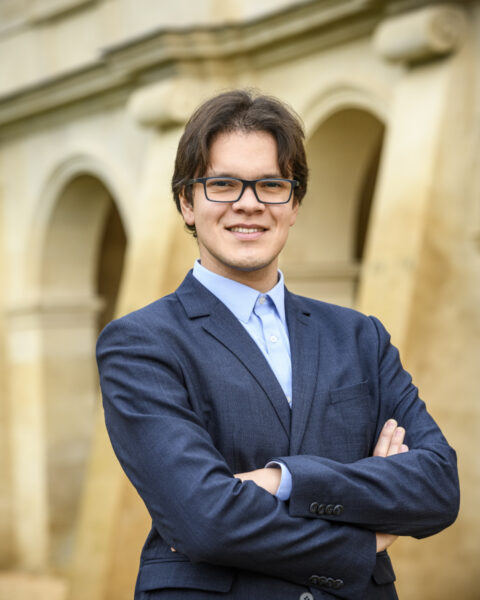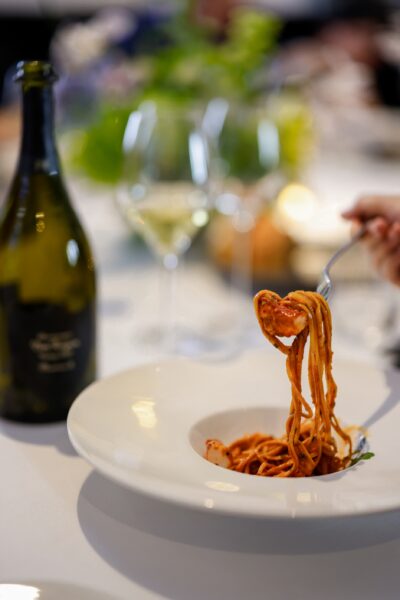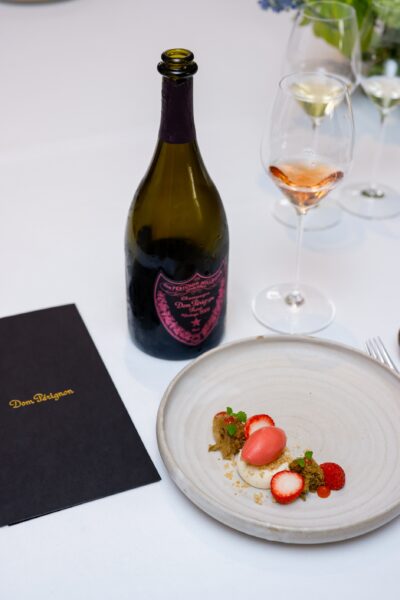
Over an interrupted internet connection, we heard three words: harsh, contrasted, perilous.
At the virtual launch of Dom Perignon Vintage 2010, the frozen image of Daniel Carvajal-Perez came back to life. The chief winemaker of Dom Pérignon sat in the sun-kissed, grandiose and hallowed halls of Abbey de Hautvillers in Marne. We were seated, in real-time, at Singapore’s 28 Wilkie. After four attempts, the uplink was strong and we continued the Dom Perignon masterclass without a glitch.
The vintage
The words we caught on aptly described the conditions of the 2010 vintage: a tough year with harsh conditions and dangerous turns, a year of seasonal extremes and some moderation. A chilly winter, coldest since 1996, was followed by late, cold spring. Summer was hot and dry, favouring a quick maturation of the berries, followed by autumn, which helped preserve the berries’ freshness.

And then came the August deluge. “We had the equivalent of two months of rain that fell in two days.” Carvajal-Perez recalls. “We were really afraid at that time.” Heat followed by humidity gives birth to disease and the imminent threat of ruined fruit
The extensive resources of parent company LMH were immediately put to use, cartography was drawn for the 700-800 plots which bear fruit for the grand Maison, and tough calls were made. “We were able to determine that the Chardonnay was not impacted by botrytis, but Pinot Noir was, more or less, 20% of it. With this knowledge in mind, a second decision was made. To put apart the 20% that was contaminated to concentrate on the 80% that was mature and flawless.”
The fruit was closely monitored and picked swiftly at a ripeness that surpassed the sugar levels of most years, except 2002 and 2003. A vigilant eye on the baumé count meant that the acid was preserved at the second-highest level recorded in the house’s history.
“Dom Perignon is an assemblage of two grape varieties – Pinot Noir and Chardonnay”, Carvajal-Perez reminded us. Usually, that means a 50-50 share of each, but not this year, and for 2010, the final mix was 54-46 balance, with a more prominent representation of Chardonnay.
The wine
Dom Perignon Vintage 2010 may not be a classic, but it is unique and displays its complexity as it unfurls. Tropical notes of green mango waft through first, mingled with citrus skins; delicate flowers play with brioche and yeasty sourdough aromas, which kick in a few patient minutes. The wine is graceful and structured and finishes with a generous lick of stony minerality. Carvajal-Perez noted the concentration on the mid-palate, the vigour and grace of the wine.
The pairings
The virtual launch took place at Italian fine dining restaurant 28 Wilkie, also home to the Dom Perignon Society. Chef de cuisine, Matteo Ponti, presented a masterfully crafted five-course meal to pair with the wines. Highlights include Hamachi adorned with caviar pearls to pair with Vintage 2010. The 2002 Plenitude 2 – a late disgorged wine, was paired with delicate slivers of lobster atop a swirl of rich pesto alla siciliana and the rich, dark. The finale was the ethereal Norohy vanilla-infused rhubarb and strawberry dessert served with Dom Perignon Rosé 2006.
Dom Perignon Vintage 2010 along with P2 and Rose 2006 are available at Crystal Wines and online at Asher Wines



